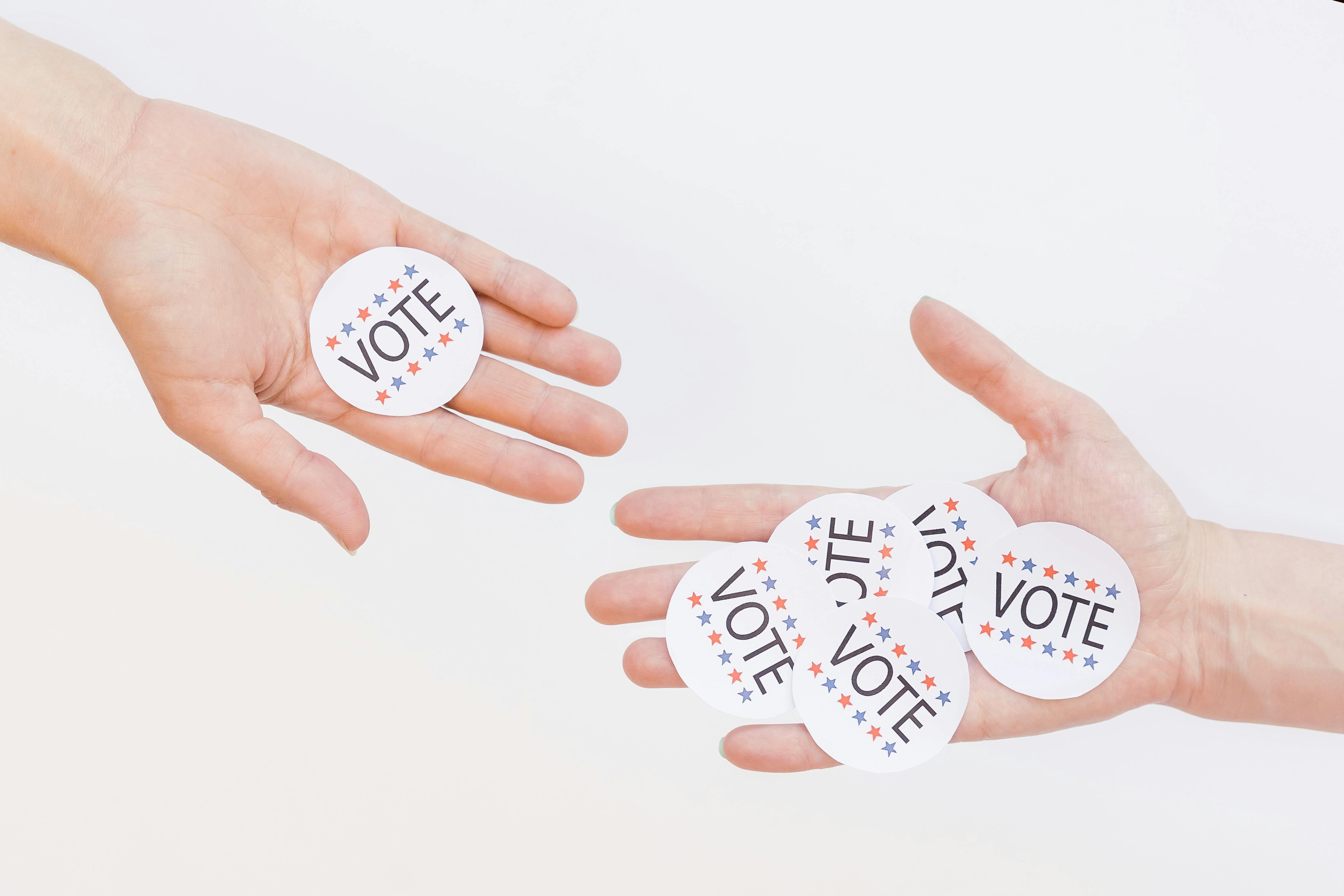
Transforming the Digital Landscape
The impact of this design-centric approach on digital government is expected to be profound. Government websites, often criticized for being outdated and difficult to navigate, are slated for significant overhauls. The aim is to create digital platforms that are as intuitive and engaging as leading consumer applications.
Reimagining Government Websites. Find out more about US Chief Design Officer Airbnb cofounder.
A primary focus will be on enhancing the user experience of government websites. This includes improving search functionality, streamlining application processes, and ensuring information is presented clearly and concisely. Optimized mobile experiences and fast loading times will also be critical components of these redesigned digital platforms.
Developing Intuitive Mobile Applications
As smartphone usage continues to rise, the development of user-friendly and feature-rich mobile applications will be a priority. These apps will aim to simplify common tasks and provide convenient access to government information and services on the go.
Designing Clear and Accessible Forms. Find out more about US Chief Design Officer Airbnb cofounder guide.
Paperwork is a notorious pain point in government interactions. The new design approach will concentrate on creating forms that are easy to understand, complete, and submit, whether in digital or physical formats, thereby reducing errors and frustration.
Enhancing Physical Touchpoints and Communication. Find out more about Apple Store design principles government services tips.
Beyond the digital realm, the Chief Design Officer’s mandate extends to the physical spaces where citizens interact with government agencies. The goal is to create environments that are welcoming, efficient, and user-friendly.
Improving the Physical Office Experience
Government buildings and service centers will be re-evaluated to create more inviting and efficient spaces. This could involve better signage, comfortable waiting areas, and streamlined check-in processes, making visits to agencies more pleasant and productive.
Enhancing Digital Communication Channels. Find out more about modernizing US public facing image design strategies.
All digital communications from government agencies, including emails and social media, will be reviewed to ensure clarity, consistency, and a positive user experience. This holistic approach aims to create a more cohesive and trustworthy government presence.
Fostering a Culture of Design within Government
A crucial aspect of this initiative is cultivating a deeper understanding and appreciation for design thinking throughout government agencies. This involves more than just implementing new standards; it means embedding design principles into the very fabric of decision-making and organizational culture.
Cultivating a Design-Aware Workforce. Find out more about designboomcom.
Training programs and workshops will be developed to equip government employees with design thinking skills and a user-centric mindset. Recruiting design talent will also be key to building internal capacity and ensuring design considerations are integrated from the outset of any new project or policy development. The aim is to make design a core competency, not an afterthought.
Establishing Measurable Design Standards. Find out more about foxbusinesscom guide.
Key performance indicators will be established to track the success of design initiatives. These metrics will focus on user satisfaction, task completion rates, and accessibility compliance, providing clear benchmarks for progress.
The Road Ahead: Challenges and Opportunities
The path to transforming government design will undoubtedly present challenges. Navigating complex bureaucratic structures, securing resources, and ensuring widespread adoption of new standards across numerous agencies will require sustained effort and strong leadership. However, the opportunities for positive impact are immense. By prioritizing user experience and embracing innovative design, the government can significantly improve the lives of its citizens, foster greater trust and engagement, and ultimately create a more effective and responsive public sector.
A New Era of Citizen Engagement
The appointment of a Chief Design Officer and the emphasis on user-centric design signal a fundamental shift in how the government views its relationship with its citizens. The focus is moving from a top-down, transactional approach to a more collaborative and user-centered model. By prioritizing the user experience, the government aims to build trust, improve satisfaction, and encourage greater participation in civic life. This could lead to more intuitive online portals, clearer policy explanations, and more welcoming service centers, ultimately fostering a stronger connection between the government and the people it serves.
Call to Action
The transformation of government design is an ongoing journey. As citizens, we can all contribute by providing feedback on digital services and advocating for user-centered approaches. What are your experiences with government websites or services? Share your thoughts in the comments below! This initiative represents a significant step forward in making government more accessible, efficient, and user-friendly for all Americans. The integration of design thinking and a focus on the citizen experience promises a brighter, more streamlined future for public services.
